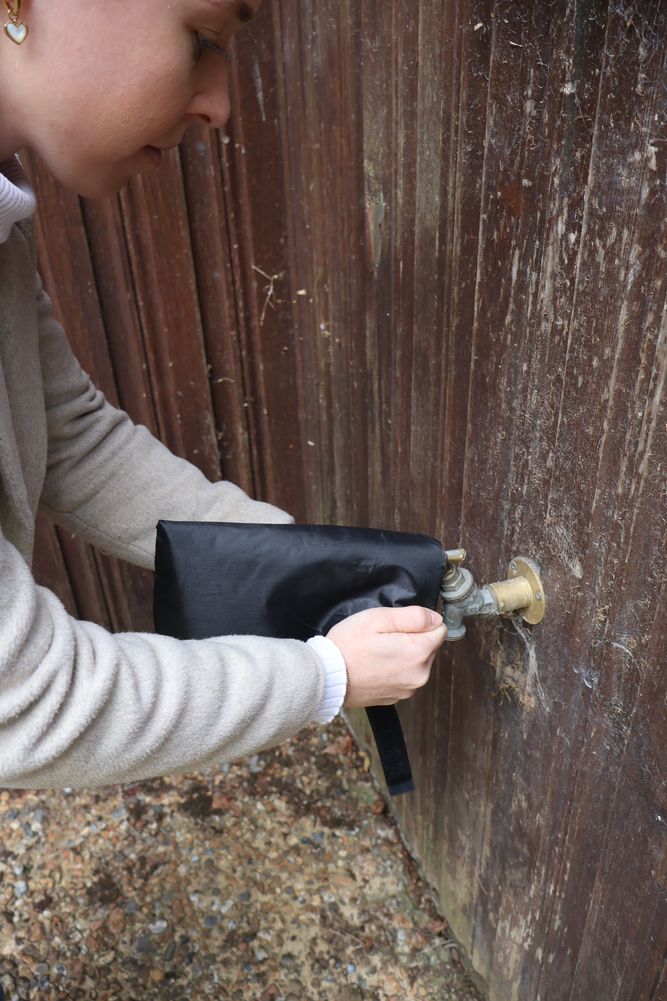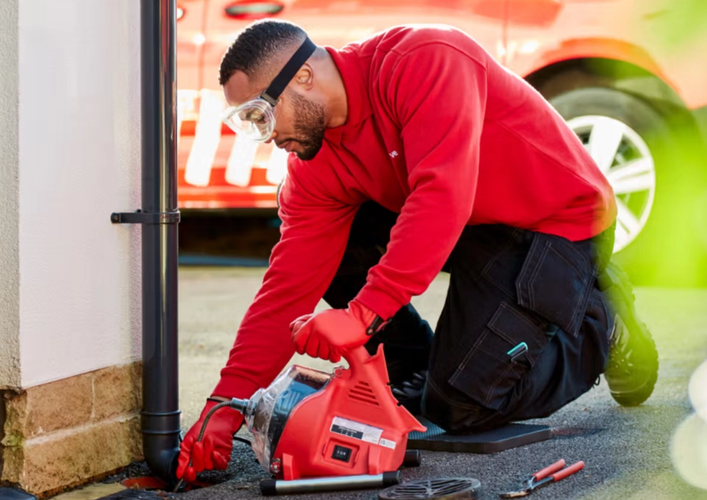Winter can be tough on your home, but with a few simple steps, you can protect your pipes, avoid bursts and enjoy a cosy season indoors.
Below you will find handy video guides of the steps you can take to be prepared and protect your home this winter. There's also a downloadable checklist at the end to keep your preparations on track.
Steps to protect your home
How to find and turn off your internal stop tap
Find your stop tap now and place one of our tags around it so it’s easy to spot in case of an emergency.
- Most are under the kitchen sink or in a cupboard under the stairs.
- Turn it clockwise to shut it off.
- Test it is off by turning on a cold tap.
- Place one of our tags around it so it’s easy to spot in case of an emergency. It has space to write down a trusted plumber's details, so you have it to hand immediately should you need to call someone.
How to lag a pipe
A frozen pipe can burst causing a leak of supply and havoc in your home. Insulate your pipes to stop them from freezing in cold weather.
- Wrap the foam insulation over the pipe so that it is tight and secure. You can buy this from your local DIY store.
- You might need tape or cable ties to secure it, but this one here is self sealing. Remember to use waterproof lagging for outdoor pipes.
How to fit a tap jacket
If your tap freezes, it could burst - leaving you without water and with a big mess to deal with. Protect your outdoor taps to prevent frost damage.
- Place the jacket over the tap. You can buy them from your local DIY store.
- Secure with the strap. You may have a different type of cover. If so, please follow the installation instructions for yours.
How to bleed a radiator
Release trapped air so your radiators work efficiently and keep your home cosy.
- Switch your central heating off.
- Put a towel under the valve to catch any water.
- Insert a radiator key or flat-headed screwdriver into the valve and turn slowly, anti-clockwise, about a quarter of a turn. You can buy a radiator key from your local DIY store.
- When the water runs smoothly, turn the valve off.
- Turn your heating back on.
What to do if you have a frozen tap or pipe
Don’t ignore it, frozen taps can burst, causing a leak and havoc in your home. Act quickly and safely thaw them.
- Turn off your water supply at your stop tap.
- Starting at the end nearest the tap, gently warm the pipe with a hot water bottle or warm towel. A hairdryer on a warm setting can be used providing it is safe and not likely to be exposed to any water. Never use boiling water or an open flame.
- Depending on how frozen your pipes are, this could take 10-15 minutes.
- Switch the stop tap back on to see if the water is running.
What to do if a pipe bursts
Sometimes frozen pipes can lead to bursts. If this happens to you, stay calm and follow the steps below.
- Turn off your stop tap immediately.
- Turn off your central heating.
- Switch off electrics at the mains if water is nearby.
- Put towels down to soak up the water.
- Drain the water by turning on all cold and hot taps.
- Call an approved plumber.
Save water, save money this winter
(opens in a new tab)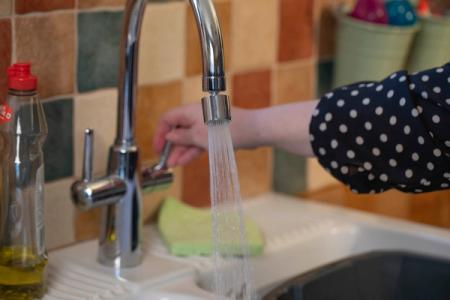
Looking for ways to lower your bills?
Cutting your water use is a simply way to do that, and we're here to help. You can order a range of free water-saving devices to use around your home. From shower timers to regulated shower heads, we’ve got you covered! We're also offering limited-time special discounts on our water butts.
It’s quick and easy to order your devices online, we’ll even deliver them to you for free.
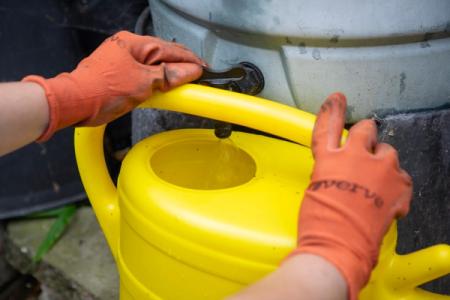
Want to win a water butt?
Simply fill out the form below with your details and tell us all about your household’s water saving habits - what do you do to save water? Perhaps you use a shower timer to keep your showers short, or you reuse bath water in your garden - whatever you do, we’d love to know.
We’ll pick five winners at random each month. You only need to enter once as your entry will remain valid until the competition ends on 31 March 2026.
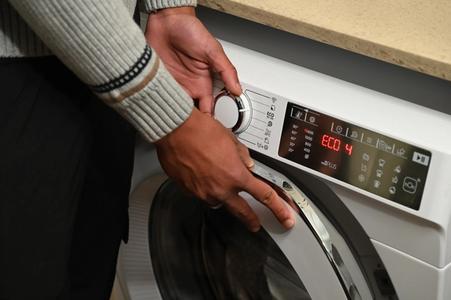
Water is the silent user of energy in the home
From heating water for showers and baths to running appliances like kettles, washing machines and dishwashers. It all takes a lot of energy, but small changes can save you over £194 a year (or £269 if you have a water meter) across your energy and water bills.
We're here to help with lots of tips to save water and energy. Find out more by clicking the link below.
Winter checklist
Winter can be a busy time of the year. With all the extra to-do’s that come with the season, it’s easy to let home maintenance slip down the list. Not to worry, we’ve made it simple and put together the ultimate checklist to help you get your home winter ready. All you need to do is download it, tick off the steps and enjoy peace of mind this season.
Additional support
We’re committed to supporting our customers and we have a range of services available to make sure everyone gets the help they need:
Know who to call this winter
If something goes wrong this winter, it’s good to know who to call.
Start preparing your home today for a worry-free winter. We’re here to support our customers because a warm, safe home is what we all deserve.
Looking after our pipes
During the colder months, all pipes, including ours, are more vulnerable to bursts, which can lead to leaks. This happens because pipes contract and expand due to the cold and a sudden freeze followed by a rapid thaw, like the one we saw in 2022, can put extra stress on them and result in a burst.
We take leaks very seriously. Our dedicated teams work around the clock to detect and repair leaks as quickly as possible. There is a rigorous process to fix leaks, and you can find out more about this here.(opens in a new tab)
We have 70 teams repairing leaks reactively and 86 leakage technicians and analysts searching for and finding leaks proactively. That’s more teams out finding and fixing leaks than ever before. They use innovative technology to keep your water supply reliable.
Last year, we repaired over 18,000 leaks on our network - an increase of 12 per cent on the three-year average
This year we're fixing leaks 21 per cent quicker than we did last year. We've taken the time to fix a leak down from an average of just over 15 days, to just over 12 days.
You can also help us protect our network. If you notice a leak, please report it. For guidance on reporting leaks, tackling them in your home and seasonal advice to protect your pipes, please see the links below.
